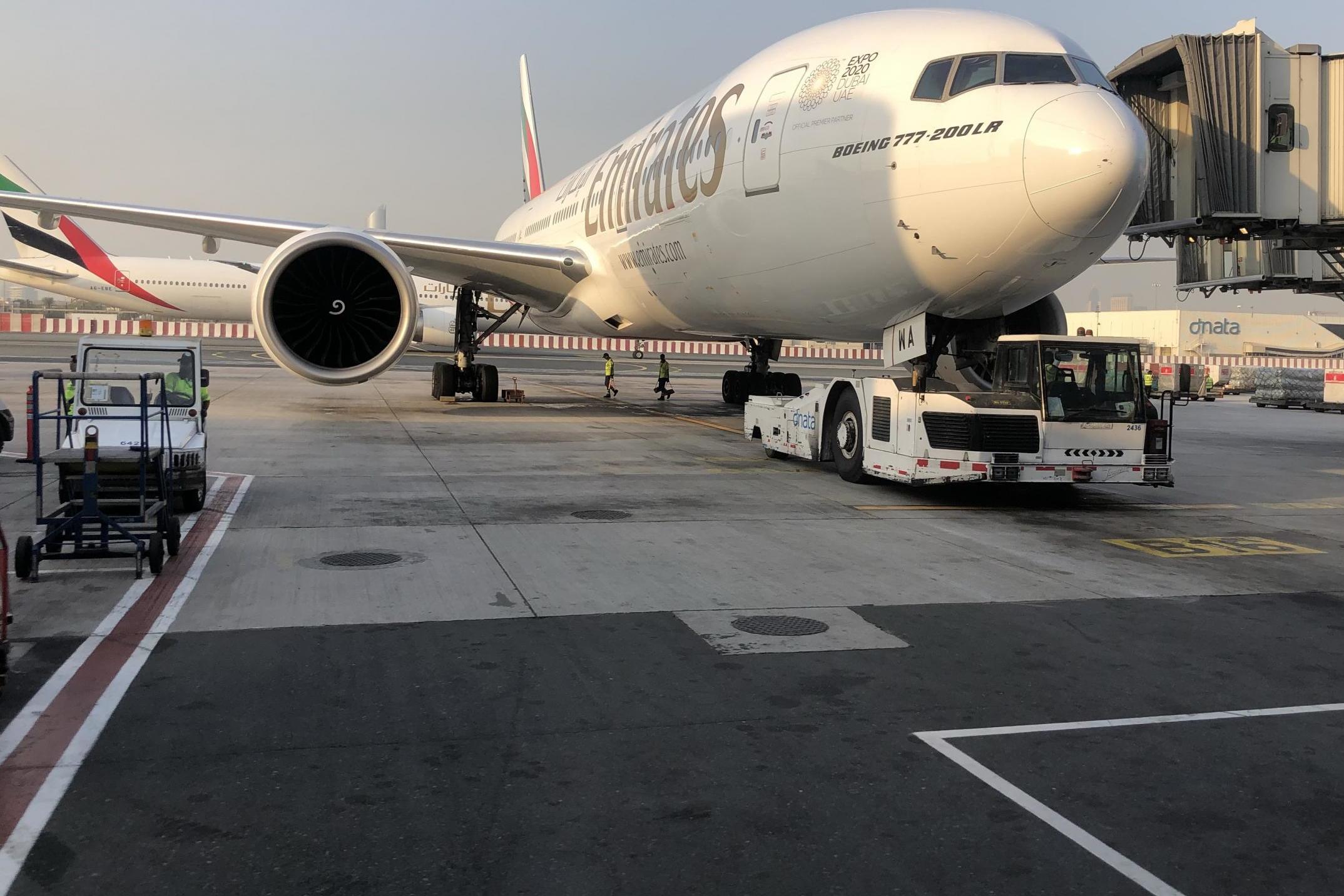Airlines face difficult decisions over whether to overfly the Gulf
Plane Talk: In a world where aviation is becoming ever safer, tragedies involving unintended shootdowns are all the more prominent

Here’s something you don’t often hear: “British Airways staff got a round of applause at Athens airport from grateful passengers.”
Even more strangely, this took place about 24 hours after they were due to land at Heathrow, on Thursday 9 January.
My man on the ground was Michael Robinson, chief executive of ESG Global and a passenger on flight BA134.
The Boeing 777 had departed from Mumbai in the early hours of Wednesday, and was about 1,700 miles into the flight when it reached the western end of the Gulf.
The British Airways jet had planned to take the normal corridor northwest through Iraq, parallel to the Iranian border. But above Kuwait, the pilots were told to divert.
Iran plane crash: Ukraine Boeing 737 comes down near Tehran
Show all 18The extremely tense military situation in the region was about to get worse, with an expected Iranian attack on US positions in Iraq.
According to Mr Robinson, the captain was asked to fly through Iranian airspace but refused.
Instead, the plane headed southwest into Saudi airspace, and kept south to avoid Lebanon, Israel and Syria.
The extra distance meant BA134 needed more fuel. The plane touched down at Athens. One delay led to another, and quickly it was clear the flight crew would exceed their allotted hours if the flight continued to Heathrow.
So they were decamped into hotels. As the day unfolded they learnt the fate of another passenger aircraft: Ukraine International flight PS752 had crashed shortly after taking off from Tehran airport, destination Kiev.
“It was a good decision,” reports Mr Robinson. “It looks like the missiles were fired about 20 minutes later. BA have done a pretty good job.” Which explains the round of applause at Athens.
Finally, on Saturday morning, Iran admitted that the 176 people on board were victims of a “shoot first, ask questions later” decision.
The foreign minister, Javad Zarif, tweeted: “A sad day. Preliminary conclusions of internal investigation by Armed Forces: Human error at time of crisis caused by US adventurism led to disaster.
“Our profound regrets, apologies and condolences to our people, to the families of all victims, and to other affected nations.”
As with the Malaysia Airlines MH17 tragedy in eastern Ukraine, and before that the loss of a Siberia Airlines flight over the Black Sea, military hardware is easily capable of taking out passenger aircraft. In a world where aviation is becoming ever safer, tragedies involving unintended shootdowns are all the more prominent.
By Friday, the Department for Transport (DfT) warned UK airlines of a “potential risk from heightened military activity and dedicated anti-aviation weaponry” in both Iran and Iraq.
Airlines are “advised not to enter the territory and airspace” of either country. Yet plenty of flights are still using Iranian and Iraqi airspace.
On Friday morning, the Qatar Airways service from Doha to Manchester flew over Iraq, while the contemporaneous departure to Edinburgh took a route over Iran. And in the opposite direction, Emirates flight EK8 from Heathrow to Dubai followed a standard track over Iraq.
Following the latest tragedy, there are difficult decisions to be made and balances to be struck. Emirates, for example, could technically follow British Airways in switching to a southerly track between Heathrow and Dubai, crossing Alexandria and Cairo in Egypt and flying down to the Gulf of Aqaba to turn east. But it will add typically 30 minutes extra to the journey time.
“What’s half an hour when safety is at stake?,” you might reasonably respond.
The trouble is, Emirates flies six giant Airbus A380s a day, each way, between the two busiest airports in the world for international flights. Dubai is at the heart of Emirates’ complex scheduling choreography, and if a round-trip arrives back in Dubai an hour late, half the connections may be missed.
Besides, the Sinai Peninsula, which lies astride the alternative flight path, is not exactly a conflict-free zone.
The airline industry is accustomed to balancing risks, and pilots are paid to assess and manage them. Especially in troubled times, I put my trust in the professionals.
Subscribe to Independent Premium to bookmark this article
Want to bookmark your favourite articles and stories to read or reference later? Start your Independent Premium subscription today.

Join our commenting forum
Join thought-provoking conversations, follow other Independent readers and see their replies